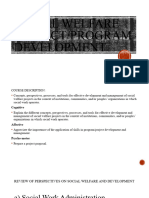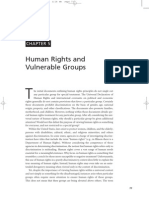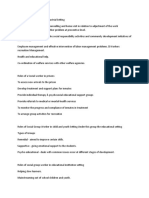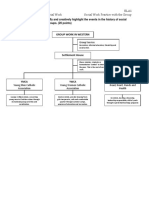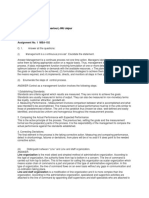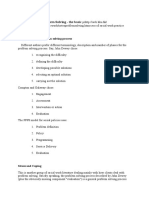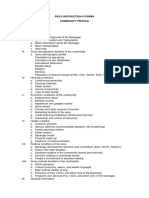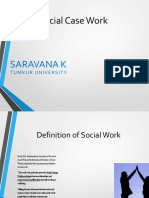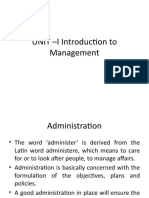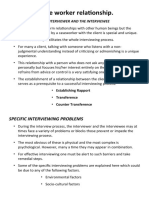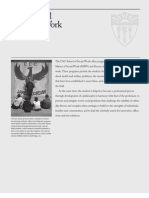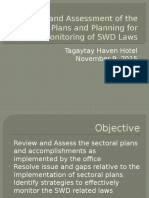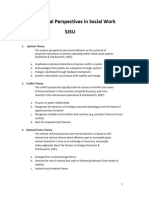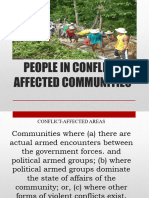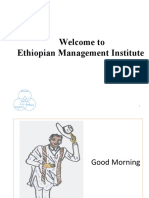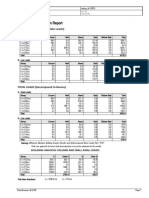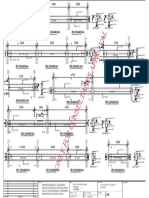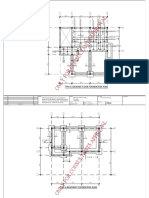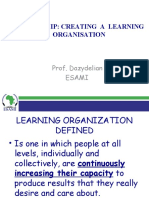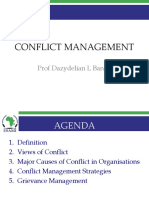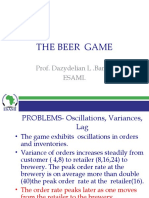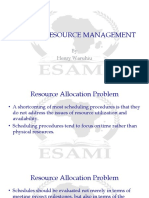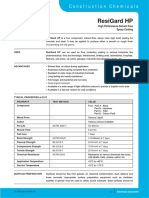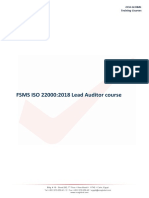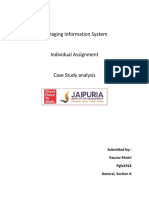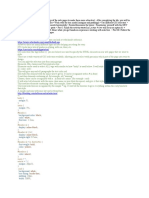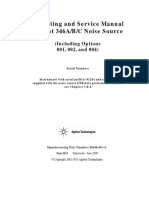0% found this document useful (0 votes)
130 views50 pagesPCM Introduction
This document provides an overview of a project management training being held in Dar es Salaam, Tanzania. The overall objective of the training is for participants to be able to apply project cycle management principles to design, control, and monitor projects, and to use available tools to strengthen results-oriented projects. The training will cover topics such as the project management cycle, problem solving processes, project definitions, the benefits of project management, and the responsibilities of a project manager.
Uploaded by
Anonymous Xb3zHioCopyright
© © All Rights Reserved
We take content rights seriously. If you suspect this is your content, claim it here.
Available Formats
Download as PDF, TXT or read online on Scribd
0% found this document useful (0 votes)
130 views50 pagesPCM Introduction
This document provides an overview of a project management training being held in Dar es Salaam, Tanzania. The overall objective of the training is for participants to be able to apply project cycle management principles to design, control, and monitor projects, and to use available tools to strengthen results-oriented projects. The training will cover topics such as the project management cycle, problem solving processes, project definitions, the benefits of project management, and the responsibilities of a project manager.
Uploaded by
Anonymous Xb3zHioCopyright
© © All Rights Reserved
We take content rights seriously. If you suspect this is your content, claim it here.
Available Formats
Download as PDF, TXT or read online on Scribd
/ 50



